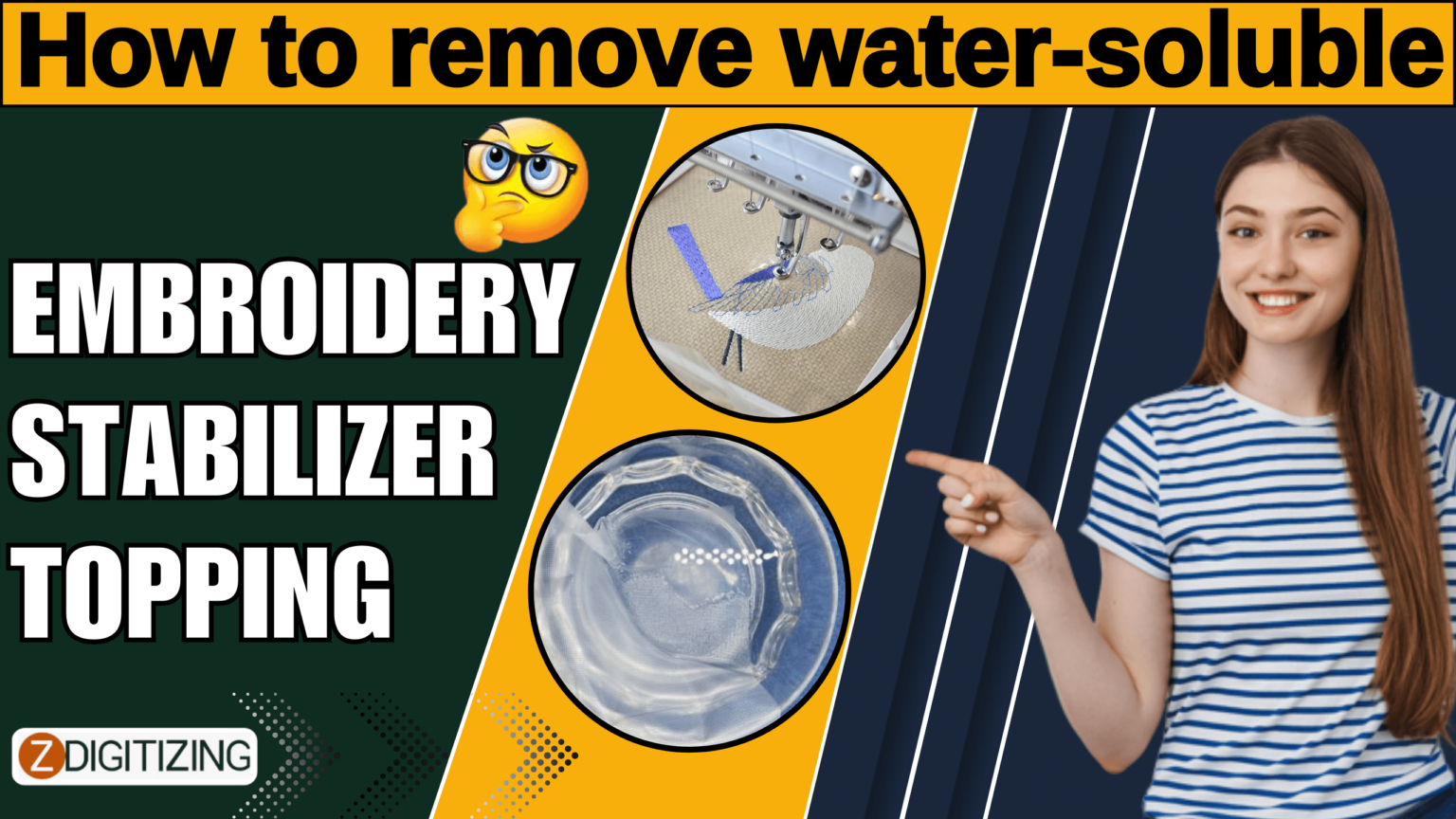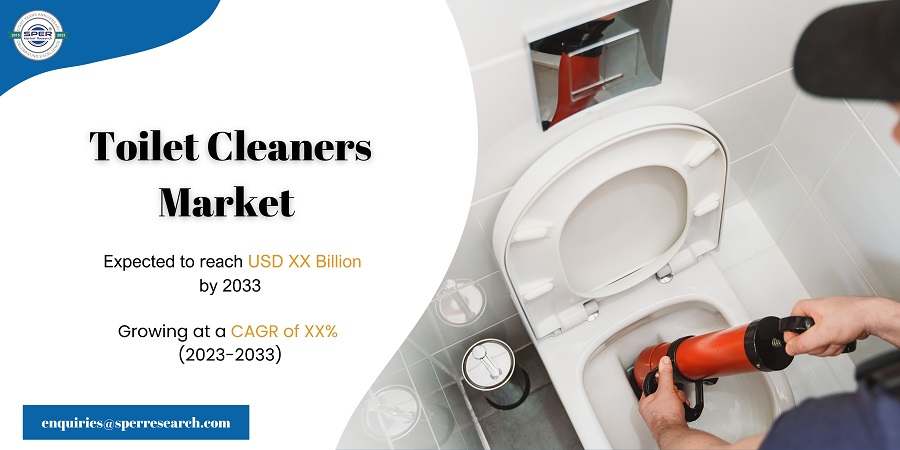In the world of embroidery, water-soluble embroidery stabilizer topping is a popular choice to support delicate designs and intricate patterns. However, once the embroidery is complete, you are left with the challenge of removing the stabilizer without damaging your beautiful work. In this comprehensive guide, we’ll walk you through the steps of safely and effectively removing water-soluble embroidery stabilizer topping. Whether you are a seasoned embroidery enthusiast or just starting with digitizing services for embroidery, these techniques will ensure your designs look flawless.
Understanding the Basics of Water-Soluble Embroidery Stabilizer Topping
Before we dive into the removal process, it’s essential to understand what water-soluble embroidery stabilizer topping is. This material is used to provide stability to the fabric during the embroidery process. It dissolves in water, leaving your embroidery free from any backing material, making it an excellent choice for intricate designs and free embroidery designs.
Choosing the Right Water Temperature
One of the most critical aspects of removing water-soluble embroidery stabilizer topping is using the correct water temperature. Generally, lukewarm water is ideal for this purpose. Avoid hot water, as it may damage delicate fabrics or cause the stabilizer to dissolve too quickly.
Gently Soaking the Embroidery
To begin the removal process, gently soak the embroidered fabric in lukewarm water. Ensure that the entire embroidery is submerged in the water. This step is essential to soften the stabilizer, making it easier to remove.
Time for Dissolution
Allow the embroidery to sit in the water for a few minutes. The exact time needed may vary depending on the brand and type of water-soluble stabilizer you’ve used. Typically, it takes anywhere from 5 to 15 minutes for the stabilizer to dissolve. Patience is key during this step.
Checking the Dissolution
To check if the stabilizer has dissolved completely, gently touch the embroidery. If it feels soft and the stabilizer is no longer noticeable, it’s time to move on to the next step.
Rinse and Dry
Once the stabilizer has dissolved, remove the embroidery from the water and rinse it thoroughly to ensure no residue is left. Gently pat the fabric dry with a clean towel. Avoid wringing the fabric, as it can distort the embroidery.
Air Drying
After rinsing, let the embroidery air dry. Lay it flat on a clean, dry surface. Avoid direct sunlight, as it may cause fading. Ensure the fabric is entirely dry before storing or using the embroidery.
Tips for a Perfect Finish
Now that you know the basic steps for removing water-soluble embroidery stabilizer topping, let’s explore some additional tips for achieving a flawless result.
Avoid Harsh Chemicals
Never use harsh chemicals or detergents when removing the stabilizer. Stick to lukewarm water for the best results.
Test on Scrap Fabric
If you’re unsure about the stabilizer or the fabric’s reaction to water, test the process on a scrap piece of fabric first. This can help you avoid any potential damage to your embroidery.
Delicate Handling
Handle the embroidery with care throughout the process. Delicate designs can be easily damaged, so a gentle touch is crucial.
Free Embroidery Designs
If you’re using free embroidery designs, follow the same removal process. Water-soluble stabilizer topping works well with various design types.






